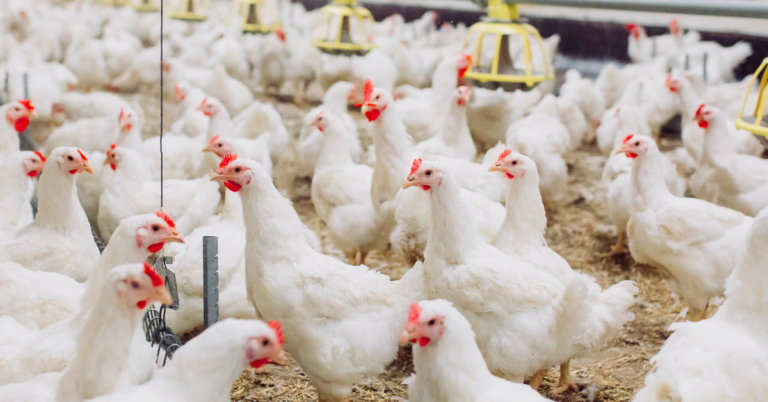The global poultry market is poised for continued strength through 2025 and into early 2026, according to a recent RaboResearch report, driven by balanced supply and ongoing robust market growth.
RaboResearch forecasts 2.8% growth for global poultry markets in 2025, faster than the 2.6% growth seen in 2024, driven by poultry’s position as an affordable choice for consumers, amid rising beef and pork prices.
“Lower feed prices are contributing to industry profitability, providing a boost to markets across Asia, Europe, Africa, and the Americas,” said Nan-Dirk Mulder, senior analyst, animal protein with RaboResearch. “Poultry continues to be a cost-effective option for consumers, especially as prices for other proteins rise.”
According to Mulder, supply growth in the poultry sector is currently slow in regions such as Europe, , Africa, and Latin America due to tight parent stock supply, a situation unlikely to improve significantly until early 2026. Asia, however, is witnessing rapid growth, with China’s chicken industry leading the way with 7% growth in the first half of the year. Turkey, Indonesia, Saudi Arabia, the Philippines, and Vietnam are also experiencing high growth rates. In response, some countries like Indonesia and China are addressing oversupply issues through government-led programmes, aiming to rebalance markets.
Despite challenges, global poultry trade has continued to expand, although Brazilian exports faced a significant drop in May 2025 due to bird flu-related restrictions. Trade tensions, including the so-called reciprocal tariffs from the US, have yet to boost US exports, but future negotiations may prioritise chicken market access.
Avian influenza remains a critical concern for the poultry industry, with biosecurity being a top priority, especially in northern hemisphere countries facing heightened risks in the upcoming winter season,” said Mulder. Vaccination is increasingly being adopted as a risk-reduction tool, as seen already in Asia, some Latin American countries, France and recently South Africa. New outbreaks are anticipated, potentially adding volatility to the already tight global market conditions.


